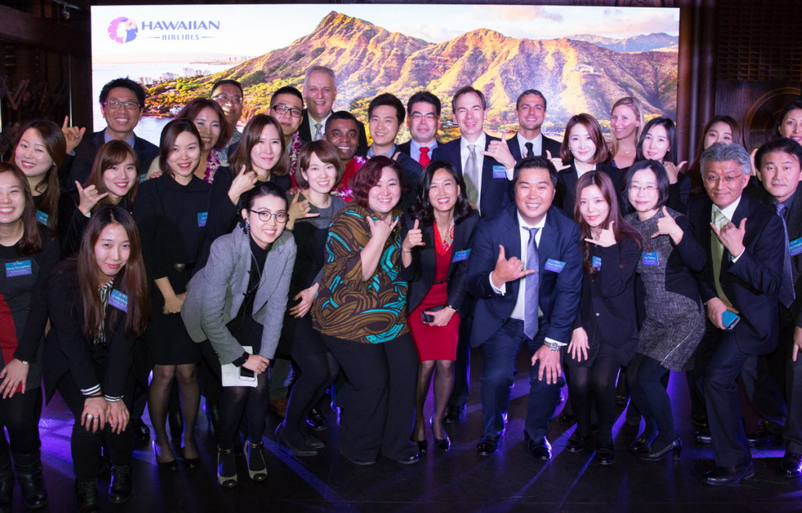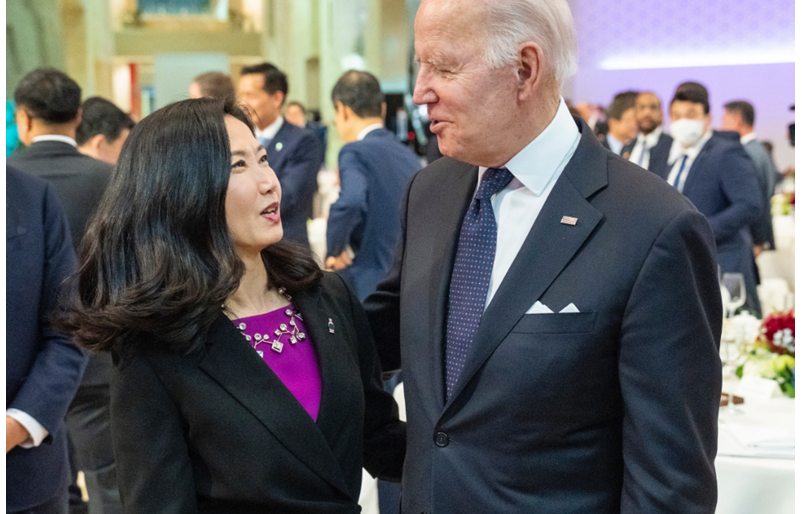Alaska Airlines expands our San Diego network with new coast-to-coast nonstops
Share

We’re adding nonstops to Washington, D.C. (IAD) and Tampa (TPA); guests can upgrade their cross-country flights with travel in our award-winning First Class and Premium Class cabins
We know keeping California connected is important. That includes offering our guests more convenient options to fly nonstop from coast-to-coast. As part of Alaska Airlines’ continuing commitment to Southern California, we’re adding new, daily nonstop flights between San Diego and both Washington, D.C. (IAD) and Tampa (TPA). Service to Washington, D.C. starts June 15, and service to Tampa begins on Oct. 5. We’re also adding new daily nonstop service between San Diego and Eugene, Oregon (EUG) on June 15.
Our guests in San Diego asked for more nonstops to the East Coast and we’re excited to add service to both the nation’s capital and to Florida’s vibrant Gulf Coast,” said Neil Thwaites, regional vice president of California for Alaska Airlines. “With convenient daytime schedules, award-winning service and a premium product offering, guests will arrive refreshed and ready-to-go.”
With the new routes to our network, we’ll serve 35 nonstop destinations from San Diego with the most nonstops of any airline. This includes flights to the Northeast, Northwest, throughout California, Mexico, Florida and to all four major islands in Hawaii, along with other locations.

All flights from San Diego offer a three-class cabin. Our guests in First Class and Premium Class enjoy early boarding and the most generous legroom of all domestic carriers. With our award-winning service, our First Class offers complimentary hot meals based on a seasonal menu with a range of fresh, bright West Coast-inspired flavors along with a variety of beverages. Flyers in Premium Class can also take advantage of complimentary cocktails, hand-selected wines and local beers.



Tickets for all flights can be purchased now at alaskaair.com. If you need to make alternate travel plans with us, there are no change fees to do that.
“The announcement of new destinations on Alaska Airlines is a great way to start the year,” said Kimberly Becker, San Diego County Regional Airport Authority President & CEO. “Our community benefits from the addition of flights to the East Coast and Pacific Northwest. We thank Alaska Airlines for the addition of these routes and their continued partnership at SAN.”



New routes schedule for San Diego
| Start Date | City Pair | Departs | Arrives | Frequency | Aircraft |
|---|---|---|---|---|---|
| June 15, 2023 | San Diego-Washington, D.C. | 8:00 a.m. | 4:10 p.m. | Daily | 737-9 |
| June 15, 2023 | Washington, D.C.- San Diego | 10:15 a.m. | 12:30 p.m. | Daily | 737-9 |
| Oct. 5, 2023 | San Diego- Tampa | 8:40 a.m. | 4:25 p.m. | Daily | 737-9 |
| Oct. 5, 2023 | Tampa- San Diego | 5:30 p.m. | 7:40 p.m. | Daily | 737-9 |
| June 15, 2023 | San Diego- Eugene, Oregon | 2:30 p.m. | 4:50 p.m. | Daily | E175 |
| June 15, 2023 | Eugene, Oregon- San Diego | 11:30 a.m. | 1:50 p.m. | Daily | E175 |
In California, Alaska operates over 330 peak day flights, including from our hubs in San Francisco and Los Angeles, as well as other cities across the state including our key focus cities of San Diego and San Jose. As the only national airline based on the West Coast, we’ve proudly served our guests throughout California for more than 40 years. We also offer residents of California something unique: Flight Pass, our pay-by-month subscription service for flights throughout the state and to Las Vegas, Salt Lake City and Phoenix.






























































